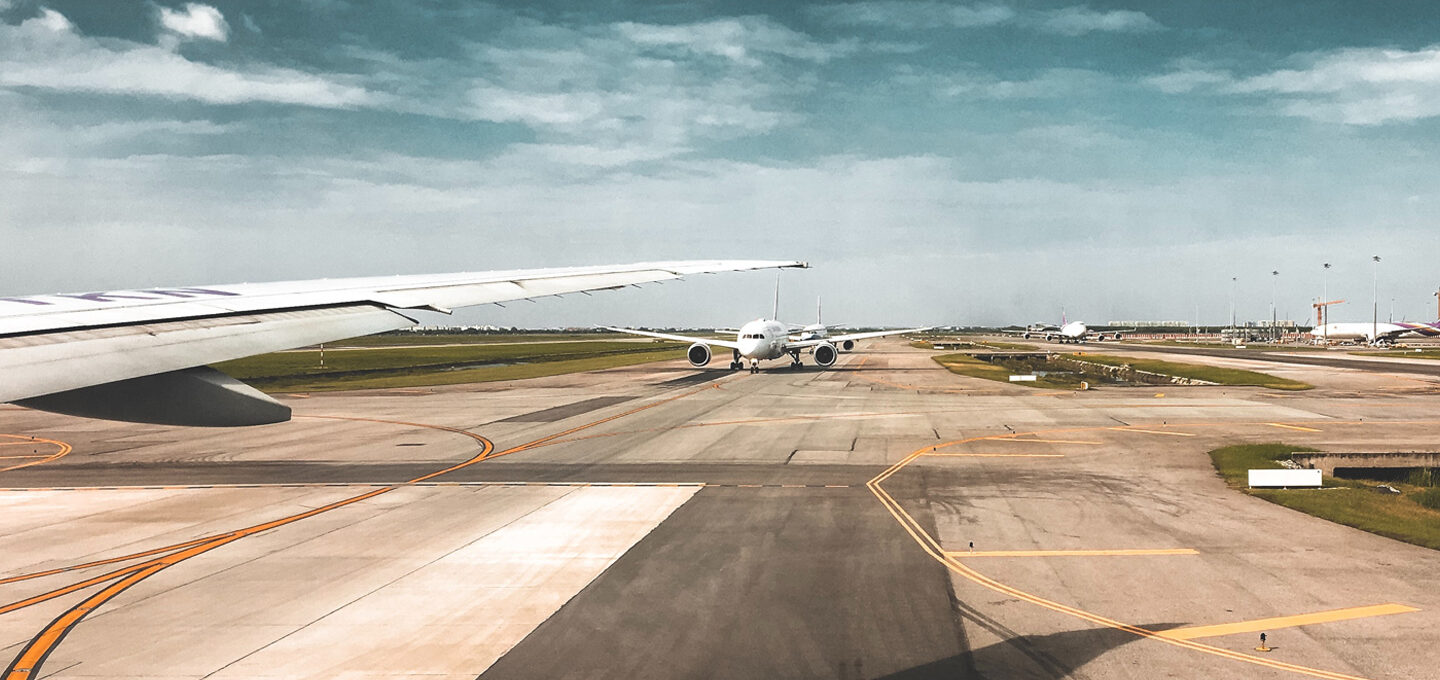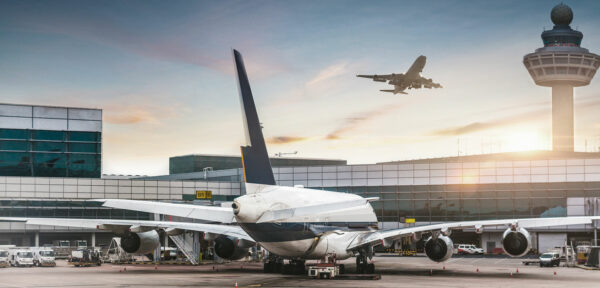A crucial aspect of airport performance is the capacity of its runway system. To service the demands imposed by aircraft movements, surface vehicles, passengers and freight, runway configuration should be the result of an extensive analysis and planning process. Finding the most optimal layout is a very complex task, then it requires large amounts of data to create models and simulate conditions under different scenarios. However, it might be of critical importance in minimizing the delay of both in-flight and on-the-ground aircraft along with their associated costs.
To assess if runway configurations affect arrival delays, Rachel J. Kennedy, a graduate student at Purdue University, looked at four common layout types at both hub and non-hub airports. The study used data published by the U.S. Department of Transportation (DOT) and was restricted to commercial airports in the U.S. and to carriers required to report on-time performance data as per DOT regulations 14 CFR Part 234. Only airports controlled by the Federal Aviation Administration (FAA), where the FAA was operating control towers, were included. The study exclusively focused on arrival delays. Potential causes for arrival delays other than the airports’ layout and infrastructure were not investigated.
Research scope
The study reviewed four types of runway configuration:
1. Single runways
These runways consist of one long runway and are used for both takeoffs and landings. Single runways can handle up to 100 inbound and outbound flights/hour and are often used in small regional airports.
2. Intersecting runways
This runway configuration consists of two or more runways that cross paths. They are used in areas with strong winds and limited expansion space. The goal is to always be able to operate one of the runways independent from the wind’s direction.
3. Parallel runways
In this configuration, more than one runway is present and the runways are situated at the same angle.
4. Open-V runways
This runway configuration consists of two runways that do not intersect (V-shape). Depending on wind conditions, only one runway may be operable at a time.
Outcome
The study found that taxi time may increase due to traffic volume and during peak hours at large airports contributing to late arrival times. It also shows that shorter taxi times to terminals result in better traffic flow and performance. The data used, however, is based on one military airport with a double, single runway configuration. In this scenario, one runway is located to the west and in close proximity to the terminal reducing taxi times dramatically. The other runway is located to the east, further away from the terminal and used for takeoffs only. These results are not representative for larger commercial airports. Kennedy’s study concludes that for new airport constructions aiming to serve more than 0.05 percent of annual passenger boarding events in the U.S., no specific runway configuration would help to increase airlines’ on-time performance statistics.





0 comments on “Can Runway Configuration Impact on Arrival Delays?”